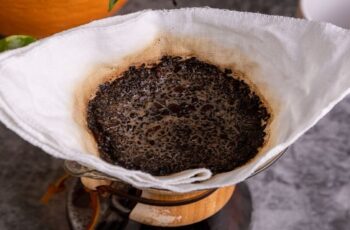Ad Blocker Detected
Our website is made possible by displaying online advertisements to our visitors. Please consider supporting us by disabling your ad blocker.
13. DANDELION
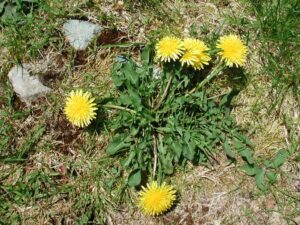
Dandelions are obviously perennial since they come up in the same spot on the lawn despite your best efforts to get rid of them. That makes them good candidates for a perennial edible landscape.
The young leaves can be eaten raw in salads and the older ones cooked as a vegetable. The root as well as the flowers can be used for making dandelion tea which has anti-inflammatory and diuretic properties.
Since dandelions grow in almost all USDA zones as a weed, sourcing planting material is not difficult.
Grow them from seeds or dig up plants from places you don’t want them to grow.
To prevent new dandelion plants from sprouting all over the garden, harvest all flowers before they get a chance to set seeds.
14. SORREL
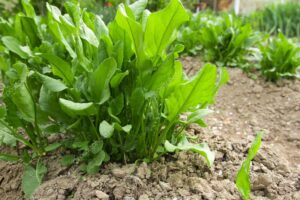
The common garden sorrel Rumex acetosa is a leafy vegetable with a lemony zing that deserves a place in every edible landscape in USDA zones 4 to 9.
This cold-hardy perennial can withstand a few touches of frost but eventually dies down, only to resurrect early in the spring in a rosette of tender green leaves.
They can be eaten raw in salads and sandwiches. Sorrel soup is another delicacy.
Plant seedlings in spring and start enjoying the leaves once the plants are well established. Sorrel patches spread rather quickly, so start with only a few.
Cut off the stalks when the plant bolts to prevent seedlings from coming up all over the garden.
15. STRAWBERRIES
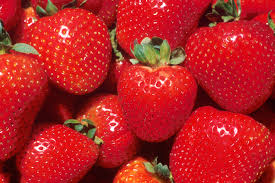
A strawberry patch in the garden can give you a plentiful harvest for several years if you just keep the plants mulched and prevent overcrowding.
You can choose seasonal varieties for heavy yield or everbearing ones for staggered production.
Strawberry plants love sunny areas with rich, slightly acidic soil.
If you don’t have sunny spots in your garden, you can grow woodland strawberry (Fragaria vesca) which does well in partial shade.
16. GOOSEBERRY
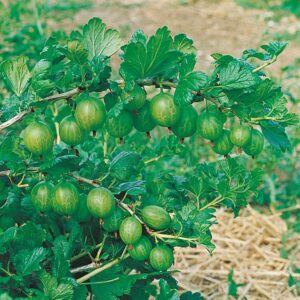
These spiny plants that grow delicate-looking, translucent berries are a must-have for any edible garden in the temperate world.
They are cold hardy to USDA zone 3 but don’t do very well in high summer temperatures.
Plant rooted cuttings 6-feet apart to provide adequate space for their arching canes.
Gooseberry bushes love rich, well-drained soil. Regular watering and feeding with potassium fertilizers and top dressing with dolomite limestone give good results.
Regular pruning keeps the bushes healthy and neat, besides producing bigger berries.
American gooseberry Ribes hirtellum has a better yield but gives smaller fruits while the European variety Ribes grossularia has larger flavorful berries
